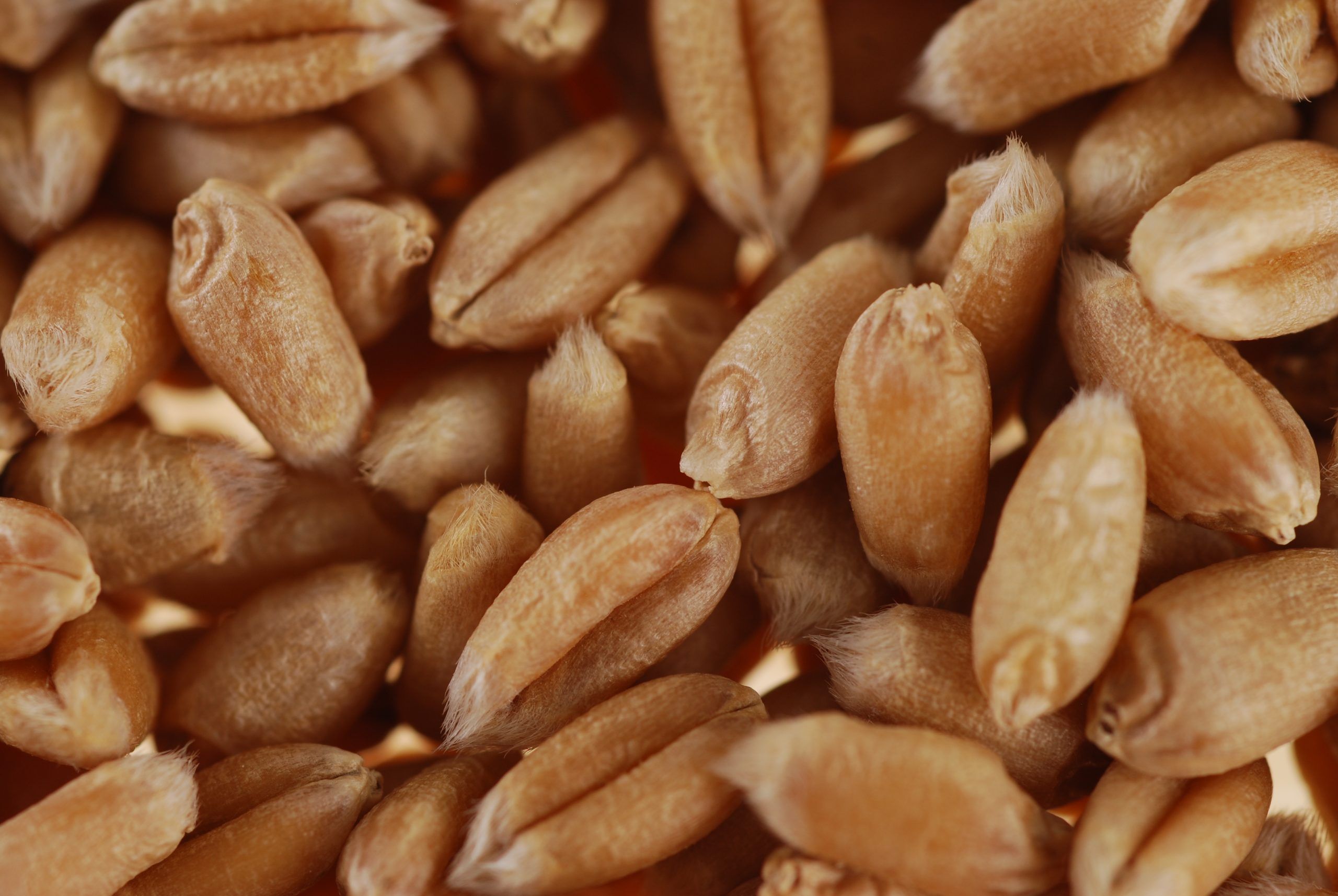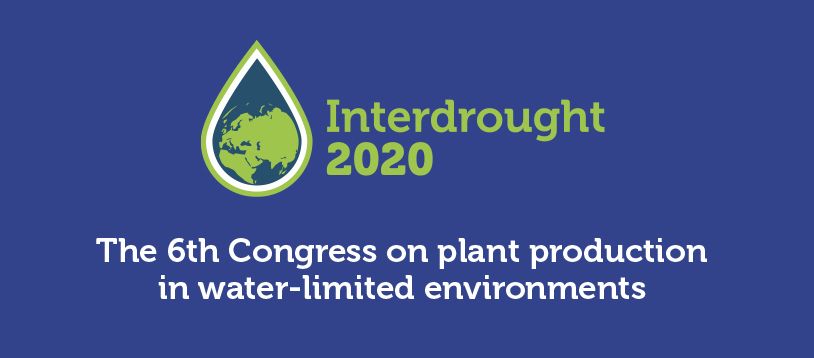funder_partner: France's National Institute for Agricultural Research (INRA)
CropSustaiN BNI Wheat Mission
The Novo Nordisk Foundation and CIMMYT have launched the 4-year CropSustaiN initiative to determine the global potential of wheat that is significantly better at using nitrogen, thanks to Biological Nitrification Inhibition (BNI)—and to accelerate breeding and farmer access to BNI wheat varieties.
With a budget of US$ 21 million, CropSustaiN addresses the pressing challenges of nitrogen pollution and inefficient fertilizer use, which contribute to greenhouse gas (GHG) emissions and ecological degradation. Currently, no other seed or agronomic practice-based solution matches BNI crops’ mitigation impact potential. Growing BNI crops can complement other climate mitigation measures.
The challenge
Agriculture is at the heart of both food and nutrition security and environmental sustainability. The sector contributes ca. 10-12% of global GHG emissions, including 80% of the highly potent nitrous oxide (N2O) emissions. Fertilizer use contributes to such N losses, because plants take up about 50%, the remainder being lost. Wheat is the world’s largest ‘crop’ consumer of nitrogen-based fertilizer—a relatively nitrogen-inefficient cereal—at the same time providing affordable calories to billions of resource-poor people and ca. 20% of globally consumed protein. CropSustaiN targets this nexus of productivity and planetary boundary impact by verifying and thus de-risking the needed breeding, agronomic, and social innovations.
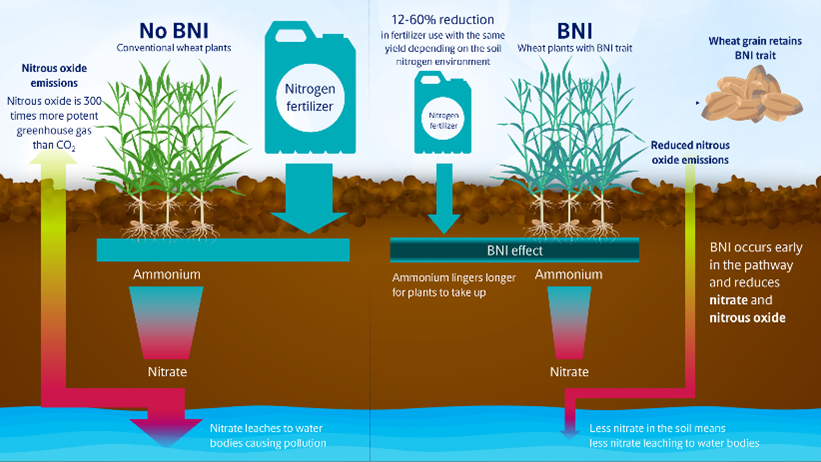
A solution: BNI-wheat
BNI is a natural ability of certain plant species to release metabolites from their roots into the soil. They influence the nitrogen-transforming activity of nitrifying bacteria, slowing down the conversion of ammonium to nitrate in the soil. This preserves soil ammonium levels for a longer time, providing plants with a more sustained source of available nitrogen and making them more nitrogen-use efficient (nitrogen plant use efficiency). As a result, BNI helps reduce the release of N2O gas emissions and nitrate leaching to the surrounding ecosystem.
A research breakthrough in 2021, led by the Japan International Research Center of Agricultural Sciences (JIRCAS) in collaboration with CIMMYT, demonstrated that the BNI trait can be transferred from a wheat wild relative to a modern wheat variety by conventional breeding. BNI wheat can be made available to farmers worldwide.
Growing BNI wheat could reduce nitrogen fertilizer usage by 15-20%, depending on regional farming conditions, without sacrificing yield or quality.
Incorporating BNI into additional crops would reduce usage further. Farmers can get the same yield with less external inputs.
Other BNI-crops
CropSustaiN will work on spring and winter wheats. Rice, maize, barley, and sorghum also have BNI potential. CropSustaiN will build the knowledge base and share with scientists working on other crops and agronomic approaches.
Objectives and outcomes
This high risk, high reward mission aims to:
- Verify the global, on-farm potential of BNI-wheat through field trial research and breeding.
- Build the partnerships and pathways to meet farmer demand for BNI-wheat seeds.
- Work with stakeholders on policy change that enables BNI crops production and markets
Success will be measured by determining nitrogen pollution reduction levels under different soil nitrogen environments and management conditions on research stations, documenting crop performance and safety, breeding for BNI spring and winter wheats for a wide range of geographies, and gauging farmer needs, interest, and future demand.
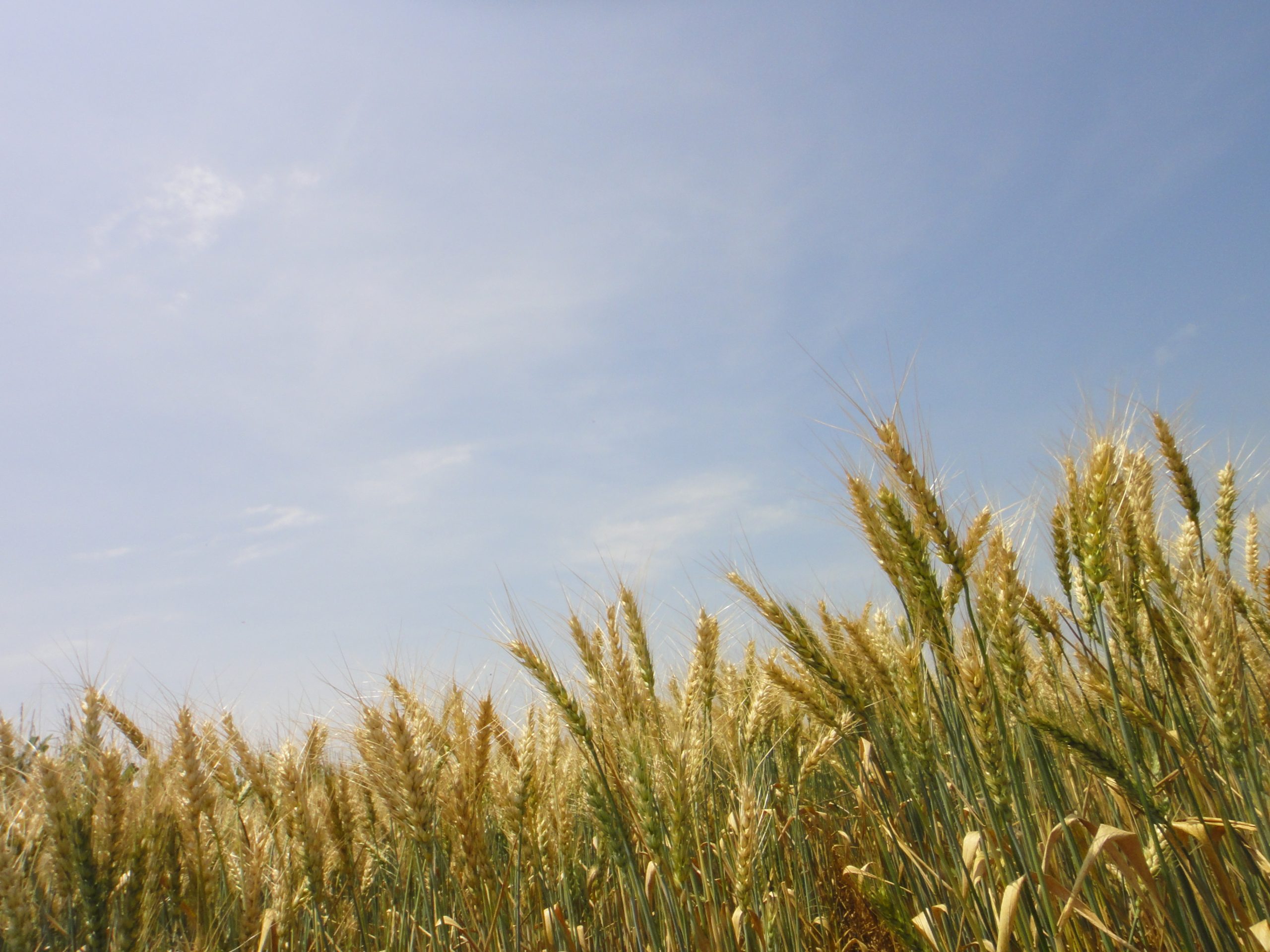
A collaborative effort
CIMMYT is the lead implementer of Novo Nordisk Foundation’s mission funding. CropSustaiN’s interdisciplinary, intersectoral, systems approach relies on building partnerships and knowledge-sharing within and outside this research initiative. 45+ partners are engaged in CropSustaiN.
The potential GHG emissions reduction from deploying BNI-wheat is estimated to be 0.016-0.19 gigatonnes of CO2-equivalent emissions per year, reducing 0.4-6% of total global N2O emissions annually, plus a lowering of nitrate pollution.
Impact on climate change mitigation and Nationally Determined Contributions (NDCs)
The assumption is that BNI wheat is grown in all major wheat-growing areas and that farmers will practice a behavioral shift towards lower fertilizer use and higher fertilizer use efficiency. That could lead to ca. a reduction of 17 megatons per year globally. This can help nations achieve their NDCs under the Paris Agreement.
International public goods, governance, and management
CIMMYT and the Foundation are committed to open access and the dissemination of seeds, research data, and results as international public goods. The governance and management model reinforces a commitment to equitable global access to CropSustaiN outputs, emphasized in partnership agreements and management of intellectual property.
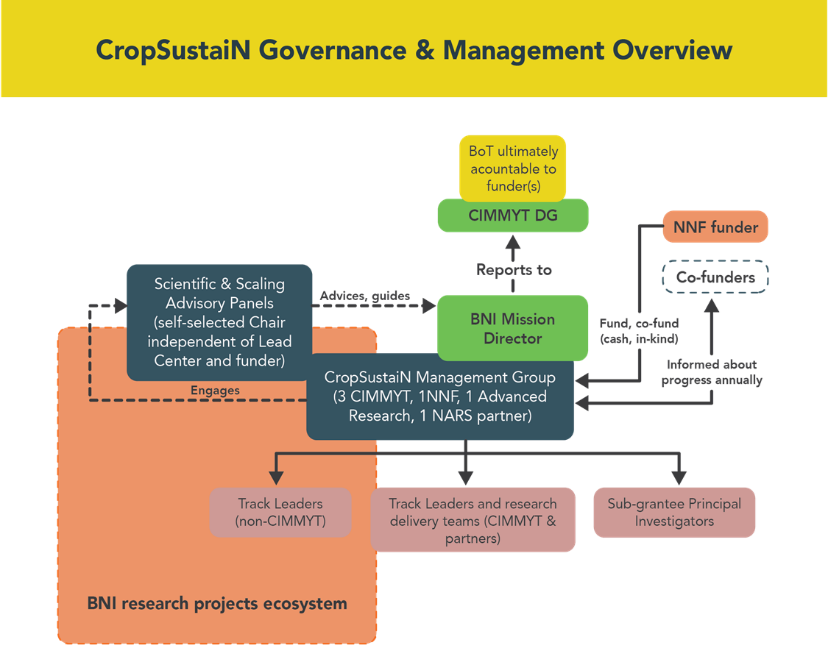
Invitation to join the mission
The CropSustaiN initiative is a bold step towards agricultural transformation. You are invited to become a partner. You can contribute to the mission with advice, by sharing methods, research data and results, or becoming a co-founder.
Please contact CropSustaiN Mission Director, Victor Kommerell, at v.kommerell@cgiar.org or Novo Nordisk Foundation’s Senior Scientific Manager, Jeremy A. Daniel, at jad@novo.dk.
Additional reference material
- BNI International Consortium (Japan International Research Center for Agricultural Sciences, JIRCAS)
- Nitrification inhibitors: biological and synthetic (German Environment Agency, Umweltbundesamt)
- CropSustaiN: new innovative crops to reduce the nitrogen footprint form agriculture
- Annual Technical Report 2024. CropSustaiN: A new paradigm to reduce the nitrogen footprint from agriculture
- BNI-Wheat Future: towards reducing global nitrogen use in wheat
- CIMMYT Publications Repository
Mexico City to host Interdrought 2020
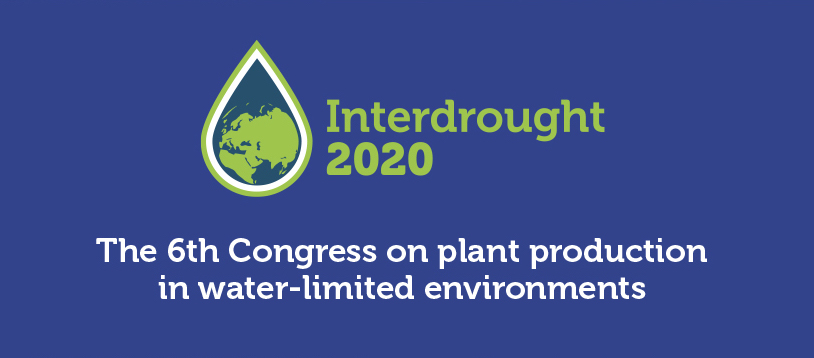
Droughts affect crop production across the world. A central challenge for researchers and policymakers is to devise technologies that lend greater resilience to agricultural production under this particular environmental stress.
Interdrought 2020 aims to facilitate the development of concepts, methods and technologies associated with plant production in water-limited environments.
The congress will take place from March 9 to 13, 2020, in Mexico City. Early-bird registration is open until October 31, 2019 and abstract submissions will be accepted until November 15, 2019.
The conference will focus on:
- Optimizing dryland crop production – crop design
- Water capture, transpiration, transpiration efficiency
- Vegetative and reproductive growth
- Breeding for water-limited environments
- Managing cropping systems for adaptation to water-limited environments
This will be the 6th edition of Interdrought, which builds on the successful series of conferences in Montpellier (1995), Rome (2005), Shanghai (2009), Perth (2013) and Hyderabad (2017).
It will continue the philosophy of presenting, discussing and integrating results of both applied and basic research towards the development of solutions for improving crop production under drought-prone conditions.
To register, and for more information, visit www.interdrought2020.com.
If you encounter any difficulties in registration, or are interested in sponsoring the conference, please send an email to cimmyt-interdrought2020@cgiar.org.
Global wheat community discusses research, partnerships at Obregon pilgrimage
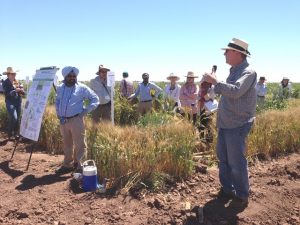
OBREGON, Mexico (CIMMYT) — For hundreds of international agricultural development experts, an annual gathering in northern Mexico provides a vital platform for sharing and debating the latest wheat breeding news and research.
This year, more than 200 members of the wheat community from more than 30 countries met in the legendary wheat fields of Ciudad Obregon in Mexico’s state of Sonora to participate in Visitors’ Week, hosted by the Global Wheat Program (GWP) of the International Maize and Wheat Improvement Center (CIMMYT).
The event coincides with the birthday of Norman Borlaug, the late CIMMYT wheat breeder and Nobel Peace Prize laureate, known as the father of the Green Revolution for his contributions to global food security, many of which were undertaken in Obregon. This year, Visitors’ Week delegates toasted his 102nd birthday at the Norman E. Borlaug Experimental Field research station.
The month of March also marks the peak wheat-growing season in Obregon, and participants attended a field day tour to see old and new wheat varieties, learn about CIMMYT programs and the latest research findings. Additionally, meetings and discussions were held with the goal of contributing to the improvement of wheat research across the globe by identifying key priorities.
INTERNATIONAL DIALOGUES
A brainstorming session between representatives from the British government and CIMMYT included discussions on collaborating on breeding for tolerance to high ambient temperatures, durable disease resistance, nitrogen use efficiency, and quality and nutrition.
Future collaborations between CIMMYT and Australia were explored with the Grains Research and Development Corporation and the CIMMYT-Australia-ICARDA Germplasm Exchange (CAIGE) group. 2Blades, a U.S.-based organization supporting the development of durable disease resistance in crop plants, joined the discussion and expressed the need to use safe, sustainable crop production strategies.
As part of discussions regarding international collaboration, the second meeting of the Expert Working Group on Nutrient Use Efficiency in wheat aimed to improve international coordination on NUE (nitrogen and other nutrients) research among Australia, Britain, France, Mexico, Italy, Spain and Germany.
During the NUE meeting, an executive committee was appointed, with Malcolm Hawksford, head of Plant Biology and Crop Science at Rothamsted Research as chair and Jacques Le Gouis, of the French National Institute for Agricultural Research, as vice chair.
As well, the International Wheat Yield Partnership (IWYP) held its first official conference during which IWYP director Jeff Gwyn discussed outcomes and objectives for the next 20 years.
Due to the large audience of global wheat researchers, the Borlaug Global Rust Initiative took the opportunity to launch its new project, Delivering Genetic Gain in Wheat (DGGW), supported by a $24 million grant from the Bill & Melinda Gates Foundation. Under the DGGW, CIMMYT scientists aim to mitigate serious threats to wheat brought about by climate change by developing and deploying new heat-tolerant, disease-resistant wheat varieties.
ENCOURAGING ENGAGEMENT
With the hope of increasing data and information sharing, the International Wheat Improvement Network (IWIN) awarded Mehmet Nazım Dincer of Turkey the IWIN Cooperator Award for contributing data on international nurseries. Through a lottery, Dincer was selected from among researchers who provided data on international seed nurseries to IWIN in 2015. Dincer was awarded a one-week paid visit to Obregón during GWP Visitors’ Week, and was also congratulated for his collaborative efforts during the festivities.
Another lottery will be held in November to select the next winner from among cooperators who return 2016 international nursery data. GWP director Hans Braun joked that he is not aware of other lotteries with so few participants in which the jackpot is a trip to Obregon, encouraging IWIN cooperators to return their data and win.
Visitors’ Week is not only an important time for international collaborations and brainstorming, but also for capacity development and training early career scientists. Coinciding with this year’s Visitors’ Week was the GWP Basic Wheat Improvement Course (BWIC), a three-month training course for young and mid-career scientists focusing on applied breeding techniques in the field. In addition to attending Visitors’ Week events, trainees were offered special courses with guest lecturers.
Joining the BWIC at this time were winners of the 2016 Women in Triticum Award who alongside women trainees attended a “Women in Agriculture” discussion led by Jeannie Borlaug, daughter of Norman Borlaug, to discuss difficulties and successes women face in achieving equality in the science and agriculture sectors.

